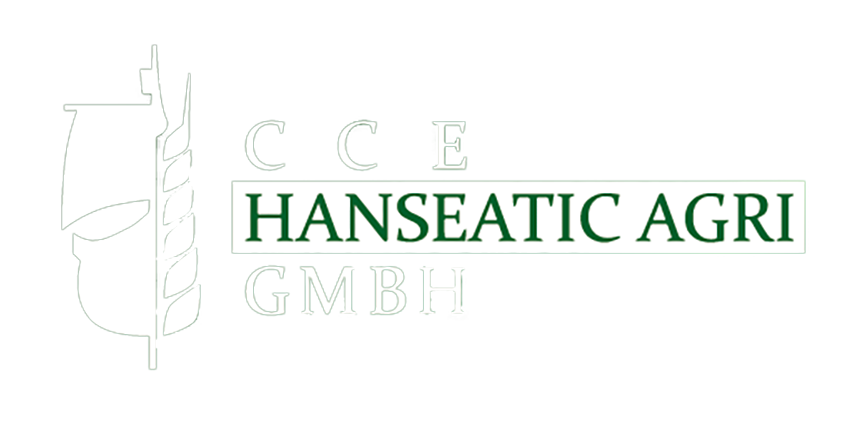The global pet food market is experiencing significant growth, fueled by a deeper understanding of pet nutrition and health among pet parents. With a market size valued at USD 103.3 billion in 2023 and an expected compound annual growth rate (CAGR) of 4.4% from 2024 to 2030, the industry is poised for expansion.
This blog post aims to dissect the prevailing trends shaping the pet food industry, offering insights into the Pet Food Market Size, growth dynamics, and consumer preferences that define the sector. From the surge in organic pet food to the nuances of regional markets, we’ll delve into the factors driving Pet food sales and the opportunities they present for businesses in the global market.
Understanding the Market Dynamics
The pet food industry is shaped by several key factors that drive its growth:
- Rising pet ownership: The global increase in pet adoption elevates demand for pet food products.
- Enhanced consumer awareness: Pet parents are becoming more knowledgeable about pet health, influencing their choice of pet foods.
- Humanization trend: Treating pets as family members pushes demand for higher-quality pet food.
These dynamics underscore the burgeoning growth of the pet food market, compelling companies to innovate and meet the evolving demands of pet parents and the pet food market.
Industry Challenges and Opportunities
The pet food industry faces challenges that also present distinct opportunities:
- Raw material volatility: Price fluctuations can impact production costs but also encourage innovation in product development and sourcing strategies.
- Demand for variety and quality: This drives the creation of new and improved pet food products, including Organic Pet Food, Wet Pet Food, Dry Pet Food, and offerings from Specialty Pet Food Stores.
Adapting to these challenges enables companies to harness opportunities for expansion and differentiation in the competitive global pet food market.
The Rise of Organic and Nutritious Pet Food
A significant trend is the consumer pivot towards organic and nutritious pet food, driven by:
- Health-conscious pet parents: Seeking products that support pet health and well-being.
- Market response: Reflecting broader trends towards health and wellness, with an increasing array of organic pet food products available.
This shift towards organic options indicates a promising avenue for growth within the global pet food industry, emphasizing the importance of quality and nutrition in pet food production.
The Importance of Convenience for Consumers
Convenience plays a pivotal role in consumer choices within the pet food sector:
- Pre-prepared pet food varieties such as Wet Food and Dry Pet Food are favored for their ease of use.
- These products cater to the busy lifestyles of pet parents, offering longer shelf life and hassle-free feeding options.
The demand for convenient pet food solutions highlights the need for pet food companies to innovate in packaging and product formulation, ensuring they meet consumer expectations for ease and quality.
Regional Market Insights
The pet food market exhibits distinct regional trends, with North America and Europe standing out:
- North America: Dominates the market, driven by high pet ownership and a well-developed pet food industry.
- Europe Pet Food market: Notable for its stringent quality and safety standards, reflecting a sophisticated consumer base.
Understanding these regional differences is crucial for companies aiming to penetrate or expand within these markets, necessitating tailored strategies that cater to local consumer preferences and regulatory environments.
Pet Type Segmentation Insights
Market segmentation by pet type reveals specific consumer preferences and nutritional requirements:
- Dogs and Cats: Dominate the market, with tailored needs leading to specialized Wet and Dry Pet Food formulations.
These insights into pet type preferences are vital for companies developing pet food, underscoring the need for research-driven product development to meet the dietary needs of different pets.
The Role of Technology and Innovation
Technology and innovation are key drivers in the pet food industry, enabling:
- Efficiency and quality improvements: Through advanced manufacturing processes.
- Product diversity: Facilitating the creation of specialized pet food products to meet niche market demands.
Investment in technology is essential for companies seeking to maintain a competitive edge, offering the potential to revolutionize product offerings and meet the high expectations of today’s pet parents.
Sustainability and Ethical Practices
Sustainability and ethical practices are becoming increasingly important in the pet food sector:
- Consumers demand products that are beneficial for their pets and produced in an environmentally friendly and ethical manner.
Companies prioritizing sustainability in their operations and product lines will resonate more with modern consumers, aligning with the growing trend towards ethical consumption in the global pet food industry.
In conclusion, the pet food market is characterized by dynamic trends and consumer preferences, with significant opportunities for growth and innovation. By understanding these trends, companies can better position themselves to meet the evolving needs of pet parents and pets alike, ensuring success in the rapidly growing global pet food market.


